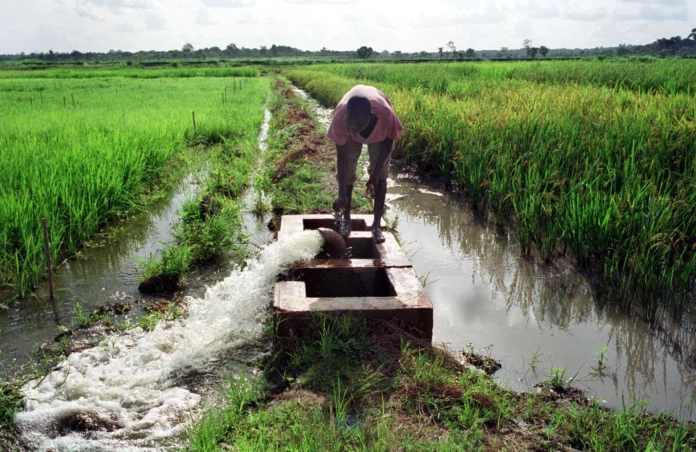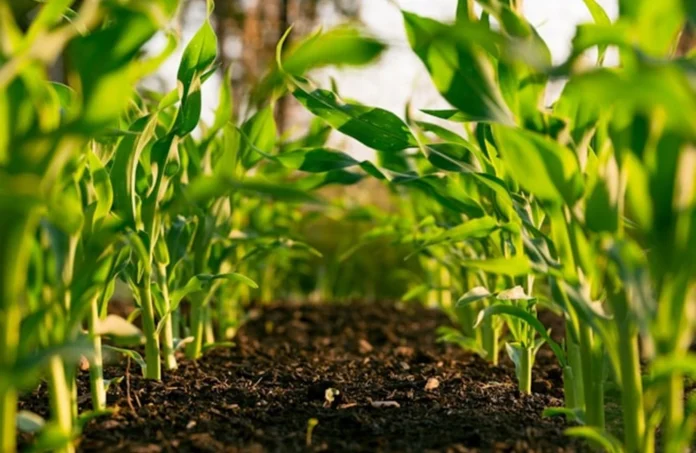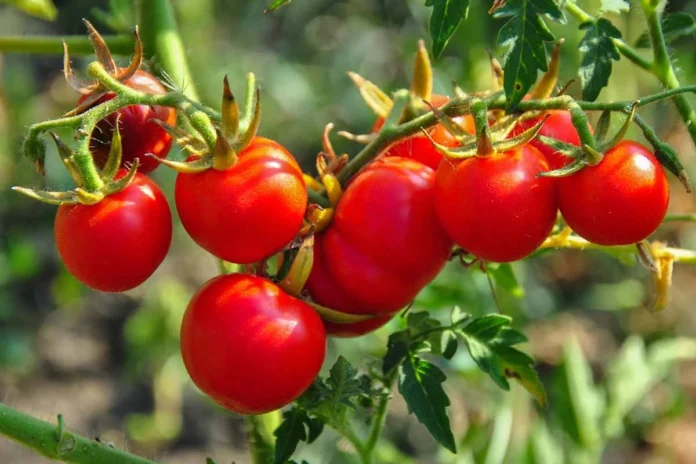Azolla: The Tiny Aquatic Fern Sparking Global Interest as Feed, Fertilizer, Biofuel, and Even Food
By Sana Dib, Environmental & Agricultural Correspondent
In recent years, a humble aquatic fern once relegated to ornamental garden ponds in Europe has quietly emerged as a potential game-changer for food security, sustainable agriculture, and renewable energy, particularly in regions grappling with rising livestock feed costs and climate volatility. Known scientifically as Azolla, this fast-growing plant is gaining traction across North Africa, the Middle East, and parts of Asia, not only as an alternative animal feed but also as a natural fertilizer, a promising biofuel source, and, perhaps most surprisingly, as a candidate for human consumption.
From Decorative Pond Plant to Agricultural Powerhouse
Native to freshwater habitats across tropical and temperate zones, Azolla is a small, floating fern that reproduces rapidly under favorable conditions. Its recent rise in popularity stems largely from its exceptional nutritional profile: rich in protein (up to 30% dry weight), essential amino acids, and vital micronutrients. For livestock farmers in arid and semi-arid regions where conventional feed prices have soared due to global supply chain disruptions and climate pressures, Azolla offers a low-cost, locally producible alternative.
In countries like Algeria, Tunisia, Egypt and Jordan, small-scale farmers are increasingly constructing shallow water basins, sometimes no larger than a few square meters, to cultivate Azolla. In India, where the practice is more established, a mere 4-square-meter pond can yield up to 2 kilograms of fresh Azolla daily, providing a consistent, nutrient-dense supplement for poultry, cattle, and fish.
A Natural Nitrogen Factory
What truly sets Azolla apart is its unique symbiotic relationship with Anabaena azollae, a nitrogen-fixing cyanobacterium that lives within the plant’s leaf cavities. This partnership enables Azolla to convert atmospheric nitrogen into a bioavailable form, effectively acting as a living fertilizer. For centuries, rice farmers in Southeast Asia have harnessed this trait by incorporating Azolla into flooded paddies, where it suppresses weeds, reduces methane emissions, and boosts soil fertility, cutting the need for synthetic nitrogen fertilizers by up to 30%.
This dual role, as both feed and fertilizer, makes Azolla a rare example of a circular agricultural input, aligning closely with principles of regenerative and climate-smart farming.
Beyond the Farm: Biofuel and Human Nutrition
The plant’s potential extends far beyond traditional agronomy. In a 2023 feature, Wired magazine highlighted emerging research into Azolla’s viability as a biofuel feedstock. Its rapid biomass accumulation and high lipid content position it as a candidate for biodiesel production, particularly in integrated aquaculture systems where waste nutrients can be recycled to fuel its growth.
Even more provocatively, scientists are exploring Azolla as a future food source for humans, a notion that initially raises eyebrows. The plant contains polyphenols, which act as antioxidants in small doses but can become anti-nutritional at higher concentrations by interfering with protein digestion and mineral absorption.
However, not all Azolla species are created equal. Researchers at the University of California, Davis, published a landmark study in early 2024 focusing on Azolla caroliniana, a North American variety with significantly lower polyphenol levels. Their findings revealed that simple cooking methods, such as boiling or steaming, further reduce these compounds, rendering the fern safe and palatable for human consumption. Moreover, A. caroliniana is rich in iron, zinc, manganese, calcium, and potassium, offering a nutrient-dense profile comparable to leafy greens like spinach.
Culinary Experiments and Cultural Shifts
While still far from supermarket shelves, Azolla has already entered the realm of experimental cuisine. Erik Sjödin, a Stockholm-based artist and food futurist, has been cultivating and cooking with Azolla for over a decade. Through public workshops and pop-up tastings, he has introduced dishes such as Azolla soup, Azolla-infused crackers, and even vegan “meatballs” made from the fern. “It’s about reimagining what food can be,” Sjödin explains. “In a world facing protein shortages and land constraints, overlooked species like Azolla deserve a second look.”
Challenges and Opportunities for Wider Adoption
Despite its promise, Azolla is not without limitations. The most commonly cultivated species, Azolla pinnata, thrives best in warm, humid climates with temperatures around 25°C (77°F). Growth slows dramatically above 35°C or below 15°C, restricting its outdoor cultivation in temperate zones. Frost is fatal.
Yet experts argue that these constraints are not insurmountable. Advances in controlled-environment agriculture, such as greenhouse hydroponics or vertical aquaponic systems, could enable year-round production in cooler regions. More importantly, ongoing research into selective breeding and genetic characterization may soon yield cold-tolerant or heat-resistant cultivars, broadening Azolla’s geographic and climatic range.
The scientific community’s growing interest is evident: peer-reviewed publications on Azolla have increased steadily over the past two decades, with studies spanning agronomy, biotechnology, environmental science, and nutrition. International research consortia, including initiatives by the FAO and CGIAR, are now evaluating its role in climate-resilient food systems.
A Symbol of Innovation in a Resource-Scarce World
Azolla embodies a compelling paradox: a once-overlooked “weed” now heralded as a multi-functional solution for some of the 21st century’s most pressing challenges. Its story underscores a broader truth in sustainable development, that innovation often lies not in high-tech breakthroughs alone, but in re-evaluating nature’s existing toolkit with fresh eyes.
Whether it will transition from niche curiosity to mainstream staple remains uncertain. But as global pressures on land, water, and feed resources intensify, the tiny green fern floating in a farmer’s backyard pond may well become a cornerstone of tomorrow’s resilient food and energy systems.












